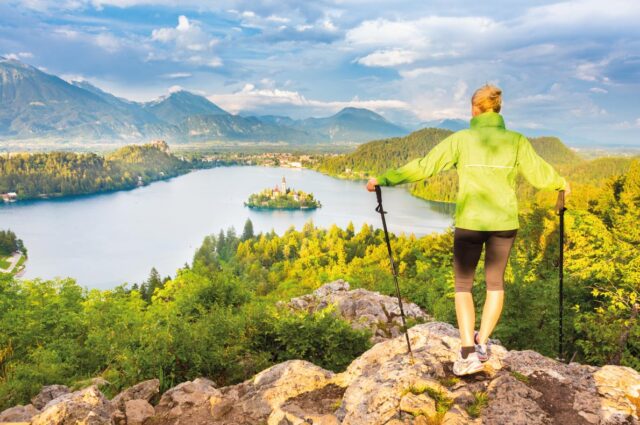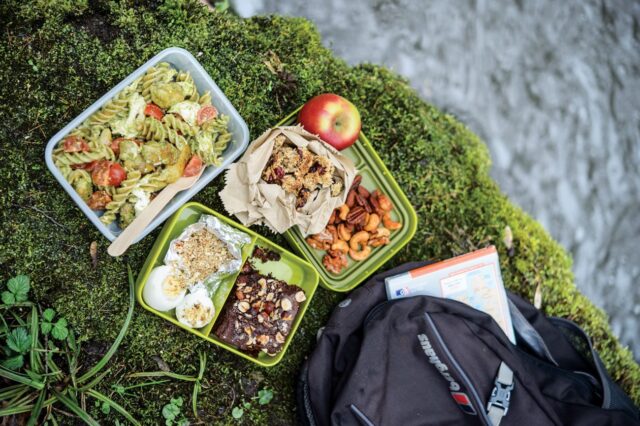
Are you a nature enthusiast looking for an exciting adventure? Planning a hiking trip can be an exhilarating experience that allows you to reconnect with the great outdoors while challenging yourself physically and mentally.
From exploring picturesque landscapes to conquering steep trails, hiking offers a unique opportunity to experience the beauty of nature firsthand.
In this blog, we will guide you through the essential aspects of planning a memorable hiking trip, ensuring that you are well-prepared for your adventure.
1. Choose the Perfect Destination

When it comes to planning a hiking trip, the first and foremost consideration is selecting the ideal destination. Research different hiking trails and national parks, taking into account factors such as difficulty level, distance, and scenery. Whether you’re looking for a short day hike or a multi-day backpacking expedition, there are countless options to suit your preferences.
Consider your fitness level and experience before finalizing a destination. If you’re a beginner, opt for well-marked trails with moderate difficulty. On the other hand, seasoned hikers might seek more challenging terrain. Websites, guidebooks, and local hiking groups can be excellent resources for gathering information about various destinations.
2. Gather Essential Gear
Once you’ve chosen your hiking destination, it’s time to gather the necessary gear. Investing in high-quality equipment ensures your safety and comfort during the trip. Some essential items to include are footwear, clothing, backpack, and navigation tools.
A sturdy pair of hiking boots or trail shoes is crucial. Look for shoes with good ankle support and traction to navigate various terrains. Dress in layers to accommodate changing weather conditions. Moisture-wicking base layers, breathable shirts, waterproof jackets, and hiking pants are essential.
A well-fitting backpack with adequate capacity is necessary to carry your gear, food, and water. Ensure it has adjustable straps and multiple compartments for better organization. Lastly, a map, compass, and GPS device are essential for staying on track during your hike. Familiarize yourself with their usage before setting off.
3. Prepare Nutritious Trail Food

Sustaining your energy levels on a hiking trip requires proper nutrition. Packing nutritious trail food not only keeps you fueled but also adds an element of enjoyment to your journey. Opt for lightweight snacks like energy bars, trail mix, dried fruit, and jerky. These provide a quick energy boost without taking up much space in your backpack.
If you’re embarking on a multi-day hike, consider bringing dehydrated meals that only require adding boiling water. They are lightweight, easy to prepare, and provide a satisfying meal on the trail. Depending on the length of your hike and the availability of refrigeration, you can pack fresh fruits, vegetables, and sandwiches for the first day or two. Choose produce that stays fresh longer, such as apples, oranges, carrots, and cucumbers.
4. Pack Essential Safety Measures
When venturing into the wilderness, it’s crucial to prioritize your safety. Inform a friend or family member about your hiking plans, including the destination, expected duration, and emergency contact numbers. This ensures someone knows where you are and can raise the alarm if necessary.
Before you head out, always check the weather forecast for your hiking destination. Be prepared for changing conditions and adjust your plans accordingly. Pack a well-stocked first aid kit containing essentials such as bandages, antiseptic wipes, painkillers, blister pads, and any necessary medications. Ensure you are familiar with basic first aid procedures.
5. Bring Water

One of the most crucial aspects of planning a hiking trip is ensuring you have an ample supply of water. Hydration plays a vital role in maintaining your energy levels and preventing dehydration. You’ll need at least one solid canteen bottle for easy drinking and maybe additional water as well. You can stay hydrated on the trails when you calculate water requirements, pack a water filtration system, and even use hydration bladders for backup water supply.
Estimate the duration and intensity of your hike to determine how much water you’ll need. As a general rule, plan to consume at least two liters of water per day and adjust accordingly. If you’re hiking in an area with water sources like streams or lakes, consider carrying a water filtration system. This allows you to refill your water bottles along the way, reducing the weight you need to carry. You can also invest in a hydration bladder or carry lightweight water bottles that are easy to access.







